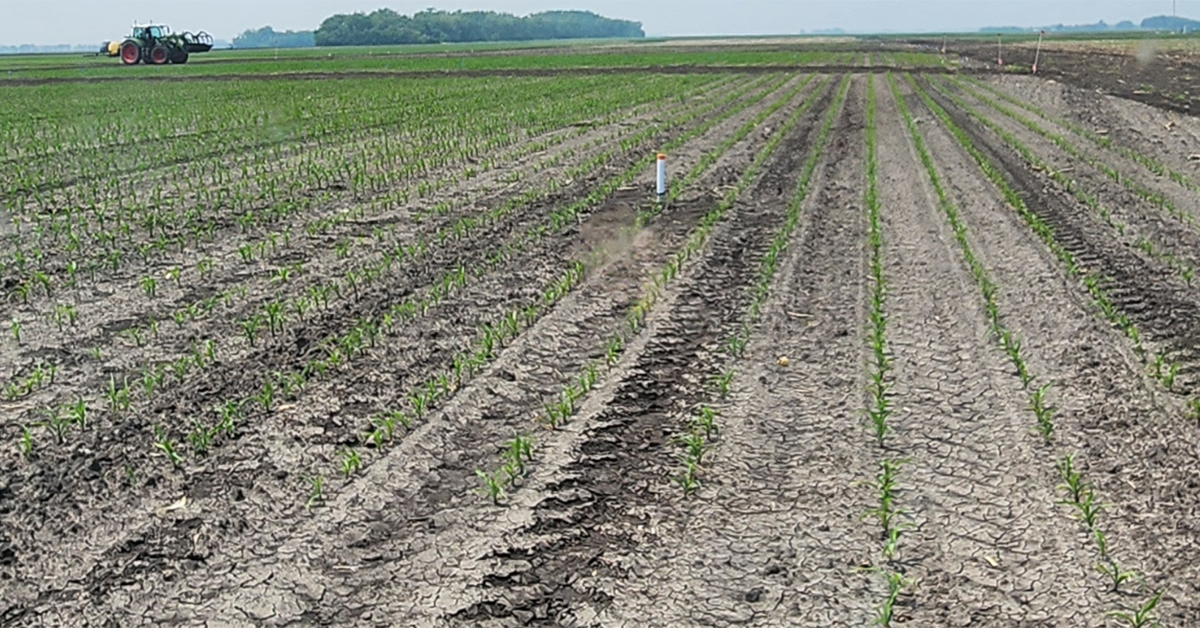AquaSpy showcases water and nutrient use efficiency pilot at Grand Farm North Dakota
AquaSpy joined the Grand Farm North Dakota Field Day on June 11, taking the opportunity to showcase their new Crophesy LS-N Water and Nutrient Use Efficiency technology in Grand Farm’s dryland corn plots. These plots are part of a wide-scale 400 site nutrient use efficiency pilot program that AquaSpy is conducting with their revolutionary real time technology measuring water, air and nutrients across 21 different crop types and a wide range of soil and irrigation types.
Grand Farm is an initiative led by Emerging Prairie designed to inspire collaboration among businesses, organizations, & entrepreneurs to develop the future farm. In addition to the North Dakota location, in collaboration with the University of Georgia’s College of Agricultural and Environmental Sciences, Grand Farm broke ground earlier this year on the UGA Grand Farm in Perry, Georgia. AquaSpy will have an irrigated cotton plot in Georgia as the season kicks off.
AquaSpy has developed the first-ever integrated water and nutrient management tool that tracks the use of nitrates, water, air, salts and temperature every 4 inches through a 2 foot soil profile for a real time assessment of soil health and productivity. Most crops have a nutrient use efficiency (NUE) of less than 50% which means millions of pounds of unused fertilizer are lost to leaching, off gassing, or runoff each season. With the ability to deliver continuous, real time below ground monitoring from the Crophesy LS-N probe, AquaSpy reveals the relationship to help improve decisions around nutrient management throughout the season.
North Dakota Project Summary
This trial will show in real time the movement through the profile of water, air and nitrate in rain fed corn upon periodic fertilizer applications.
Acreage: 0.5 acre
Crop: corn
Planted: May 11
Experimental Design: two blocks
Irrigation: None
Treatments:
1. Full nitrogen rate at planting (180 lb/A N)
2. Half nitrogen rate at planting, half nitrogen rate side dressed (90 lb/A N, half nitrogen rate side dressed 90 lb/A N)
About Grand Farm
Grand Farm, powered by Emerging Prairie, is a network of growers, technologists, corporations, startups, educators, policymakers, and investors working together to solve problems in agriculture with applied technology.
The Grand Farm initiative accelerates research and innovation in technology for the farm of the future.
Sign up to get a live demo of the Grand Farm Nutrient Use Efficiency pilot real time data.

